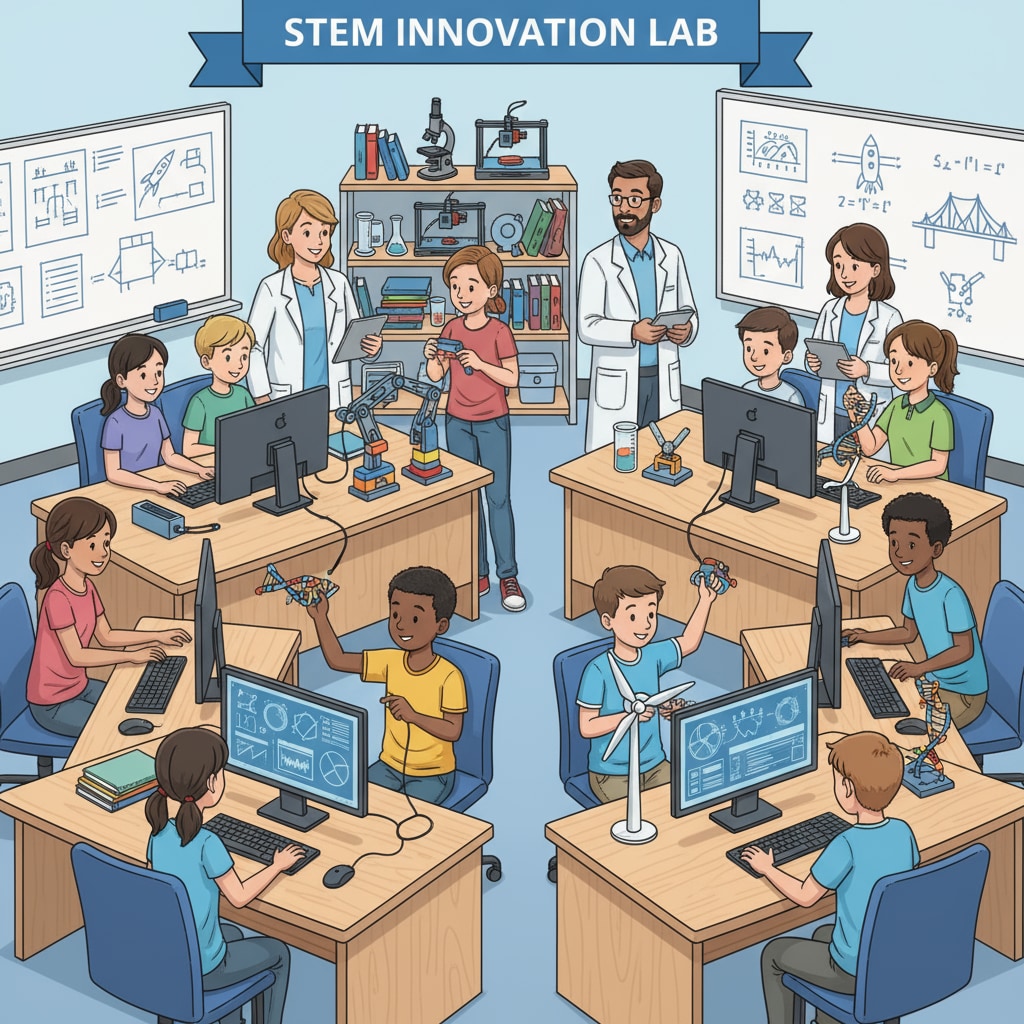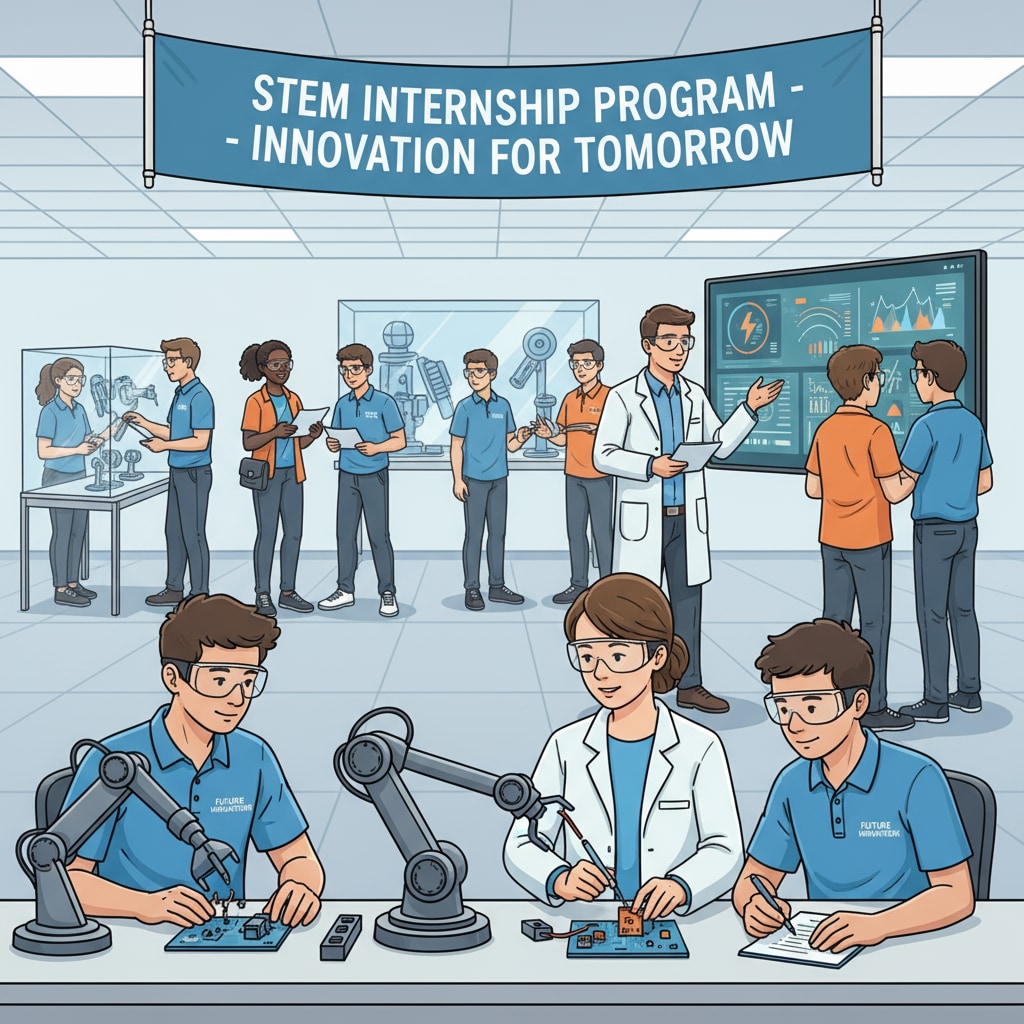STEM education, partnerships, and curriculum development are revolutionizing the landscape of K12 education. In today’s rapidly evolving world, the need for a skilled workforce in science, technology, engineering, and mathematics (STEM) fields is greater than ever. By fostering collaborations between different stakeholders, we can create dynamic learning experiences that prepare students for the challenges of the future.

The Significance of STEM Education Partnerships
Partnerships in STEM education bring together the expertise of schools, non-profit organizations, and businesses. This collaboration enriches the learning environment by providing access to resources, real-world experiences, and industry insights. For example, businesses can offer internships and mentorship programs, while non-profits can develop educational materials. As a result, students gain a deeper understanding of STEM concepts and their practical applications.

Types of STEM Education Partnership Models
There are several effective partnership models in STEM education. One is the school-company partnership, where companies sponsor STEM projects, donate equipment, or provide guest speakers. Another is the community-based partnership, involving local organizations and institutions working together to offer after-school programs and workshops. Additionally, university-school partnerships allow students to engage in research and gain exposure to advanced STEM topics.
These partnerships play a crucial role in curriculum development. They ensure that the curriculum remains relevant and up-to-date with the latest industry trends. By incorporating real-world examples and case studies, students can better relate to the subject matter and develop critical thinking skills. How Corporations Can Help K-12 STEM Education
Benefits for Students
Students stand to gain numerous benefits from STEM education partnerships. Firstly, they have access to a wider range of learning opportunities, which can enhance their interest and motivation in STEM subjects. Secondly, the exposure to industry professionals and real-world scenarios helps them develop career aspirations and set clear goals. Moreover, through collaborative projects, students improve their teamwork and communication skills, which are essential in any STEM career. Science Education on Britannica
Benefits for Educators
Educators also reap significant advantages from these partnerships. They can learn from industry experts and incorporate new teaching methods and technologies into their classrooms. Partnerships provide opportunities for professional development, such as workshops and training sessions. This enables educators to stay updated with the latest research and best practices in STEM education, ultimately improving the quality of their teaching.
In conclusion, STEM education partnerships and curriculum development are essential for shaping the future of K12 education. By working together, schools, organizations, and businesses can create a supportive ecosystem that nurtures students’ passion for STEM and equips them with the skills they need to succeed. These partnerships not only benefit students but also empower educators to deliver high-quality instruction. As we look to the future, it is crucial to continue fostering these collaborations to ensure a strong pipeline of STEM professionals.
Readability guidance: The article uses short paragraphs and lists to summarize key points. Each H2 section provides a list of relevant information. The passive voice and long sentences are kept to a minimum, and transition words are used throughout to enhance flow.


